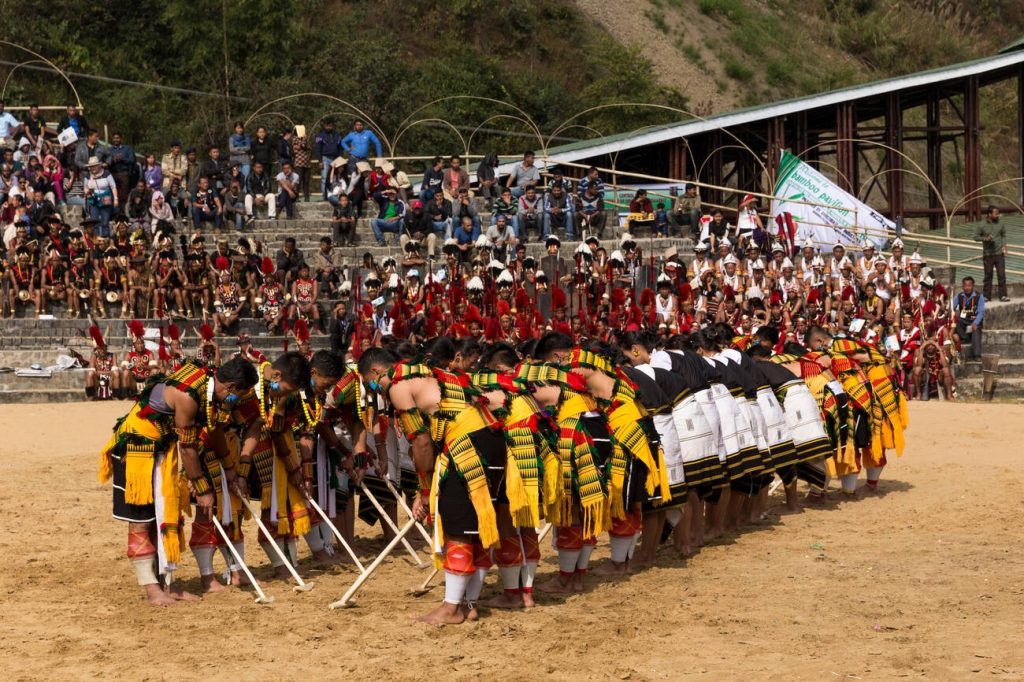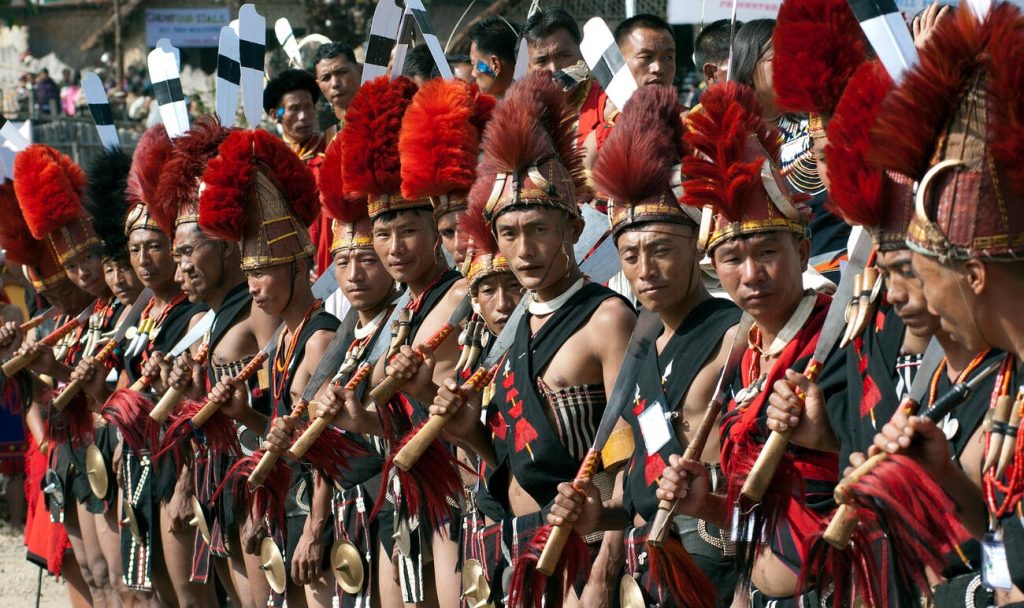California’s Rich Tapestry: Unveiling the Many Tribes that Call This Land Home
California’s Rich Tapestry: Unveiling the Many Tribes that Call This Land Home

California, the Golden State, is known for its sunshine, beaches, and Hollywood glitz. But beneath the surface of this vibrant landscape lies a history woven with the stories of countless Native American tribes. For centuries, these indigenous people thrived in California’s diverse ecosystems, cultivating a rich cultural heritage that continues to resonate today. But how many tribes actually call this state home? Let’s dive into the fascinating history and present-day reality of California’s Native American communities.
A Land of Diverse Tribes
Related Articles: California’s Rich Tapestry: Unveiling the Many Tribes that Call This Land Home
- Unveiling Arizona's Enchanting Indian Reservations: A Journey into Rich History and Culture
- Unveiling the Truths and Legacies of Indian Reservation Schools in Montana
- Unveiling the Hidden Gems: Exploring the Locations of Indian Reservations
- Unveiling the Heritage and Resilience of Indian Tribes in Connecticut
- Unveiling the Truth: Indian Casinos Beyond Reservations
California’s indigenous population was, and still is, remarkably diverse. Before European colonization, it’s estimated that over 100 distinct Native American tribes inhabited the state, each with its own unique language, customs, and traditions. These tribes weren’t just scattered across the landscape; they were intricately connected to the land, forming a complex social and cultural tapestry.
A History of Resilience and Resistance
The arrival of Europeans in the 16th century marked a devastating turning point for California’s Native American tribes. Disease, forced labor, and displacement ravaged their communities, leading to a dramatic decline in population. Despite these hardships, California’s indigenous people exhibited incredible resilience and resistance. They fought to preserve their culture and traditions, even in the face of relentless oppression.
The Legacy of the Missions
One of the most significant impacts of Spanish colonization was the establishment of missions. These religious institutions, intended to convert and "civilize" Native Americans, became centers of forced labor and cultural suppression. While the missions played a role in the development of California, their legacy remains a painful reminder of the injustices inflicted upon indigenous communities.
The Fight for Recognition
After California gained statehood, the federal government continued to pursue policies that marginalized and disenfranchised Native Americans. Many tribes were denied federal recognition, which meant they couldn’t access resources and support to protect their land and cultural heritage. This struggle for recognition continues today, with many tribes actively working to gain official status and reclaim their rightful place in society.
A Vibrant Present

Despite the challenges they’ve faced, California’s Native American tribes are thriving. They’ve established tribal governments, museums, cultural centers, and educational programs to preserve their languages, traditions, and history. Their art, music, and dance continue to inspire and captivate audiences worldwide.
The Importance of Understanding
Understanding the history and present-day realities of California’s Native American tribes is crucial for building a more inclusive and equitable society. It’s important to recognize the contributions of these communities, learn from their experiences, and support their ongoing efforts to preserve their cultural heritage.
Beyond Numbers: A Tapestry of Cultures
It’s important to remember that focusing solely on the number of tribes in California misses the bigger picture. Each tribe is unique, with its own rich history, language, traditions, and stories. By acknowledging the diversity of California’s Native American communities, we gain a deeper understanding of the state’s complex and fascinating past.

The Future of California’s Native American Tribes
The future of California’s Native American tribes is bright. They are actively involved in preserving their cultural heritage, advocating for their rights, and shaping the state’s future. Their resilience, creativity, and commitment to their communities inspire hope for a brighter tomorrow.
FAQs: How Many Native American Tribes are in California?
1. How many Native American tribes are officially recognized in California?
Currently, there are 110 federally recognized Native American tribes in California. This number represents a significant portion of the total number of federally recognized tribes in the United States.

2. Why are there so many tribes in California?
California’s diverse geography and ecosystems allowed for the development of a wide range of cultures and languages. The state’s vast coastal areas, fertile valleys, and mountainous regions provided ample resources for different tribes to thrive.
3. What are some of the most well-known Native American tribes in California?
Some of the most well-known tribes include the Cherokee, Navajo, Apache, and Lakota. However, it’s important to remember that these tribes are not the only ones with a rich history and cultural heritage in California.
4. How can I learn more about California’s Native American tribes?
There are many resources available to learn more about California’s Native American tribes. You can visit tribal museums and cultural centers, attend powwows and other cultural events, and read books and articles written by indigenous scholars.
5. How can I support California’s Native American tribes?
You can support California’s Native American tribes by learning about their history and culture, advocating for their rights, and supporting their businesses and organizations. By understanding and appreciating the contributions of these communities, we can work towards a more inclusive and equitable society.
Conclusion
California’s Native American tribes are a testament to the resilience, creativity, and enduring spirit of indigenous peoples. Their history, culture, and traditions are an integral part of the state’s identity, and their voices deserve to be heard and celebrated. By understanding the rich tapestry of tribes that call California home, we can foster a deeper appreciation for the state’s past and work towards a future where all communities can thrive.

Closure
Thus, we hope this article has provided valuable insights into California’s Rich Tapestry: Unveiling the Many Tribes that Call This Land Home. We thank you for taking the time to read this article. See you in our next article!